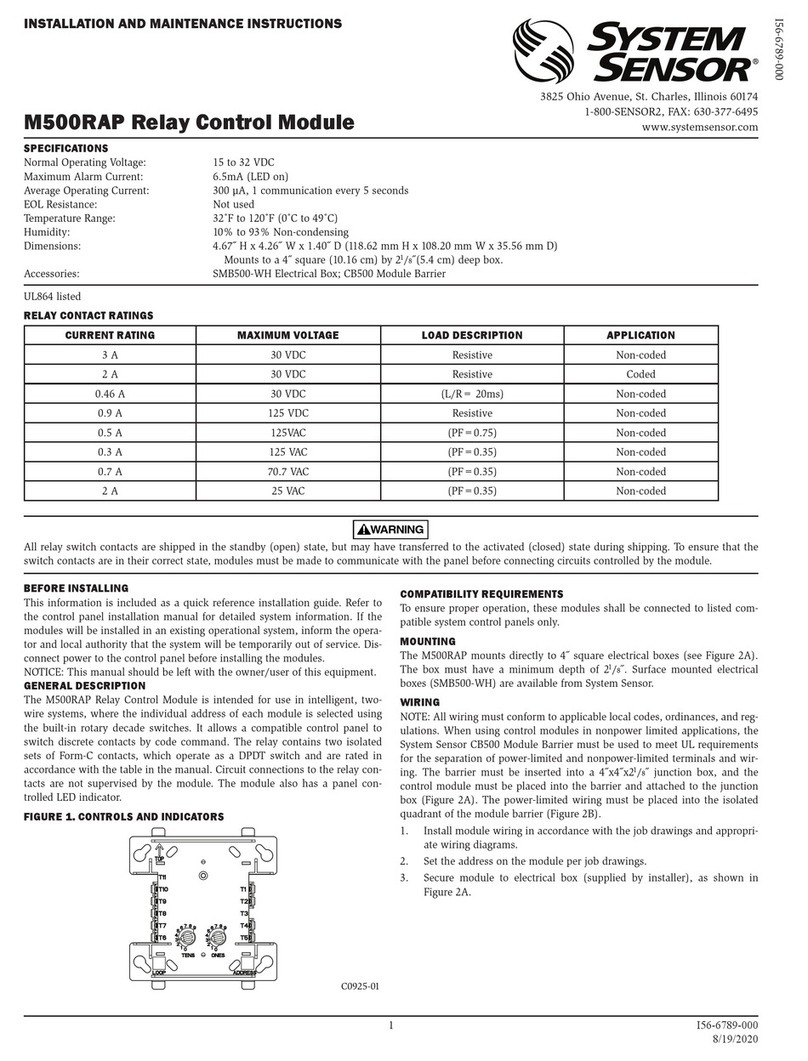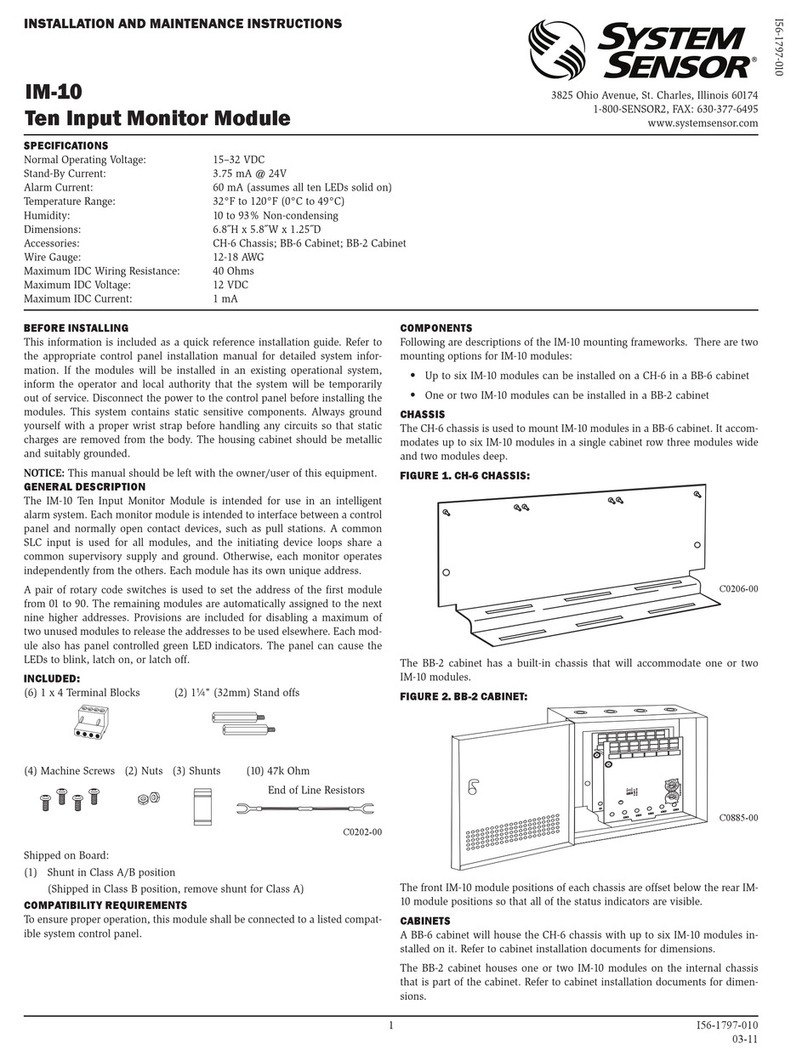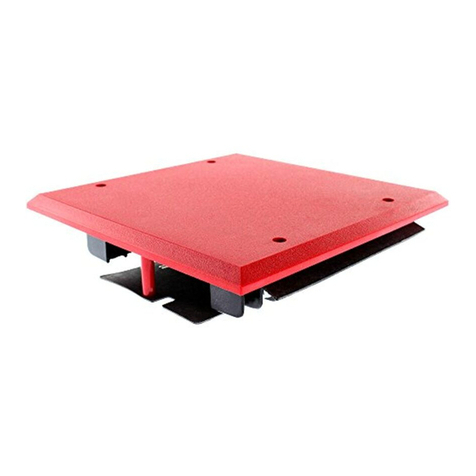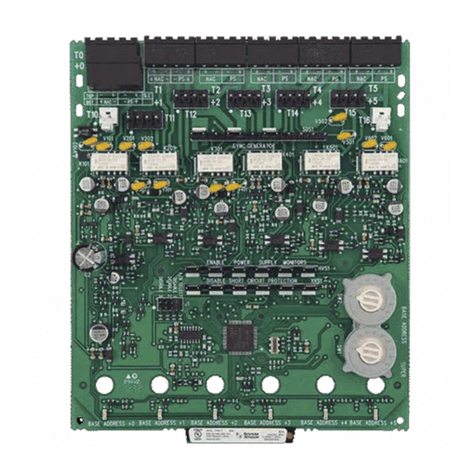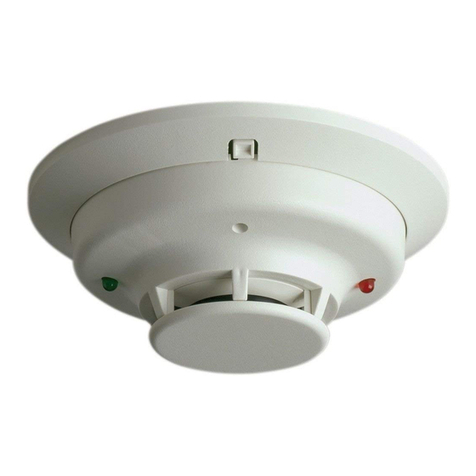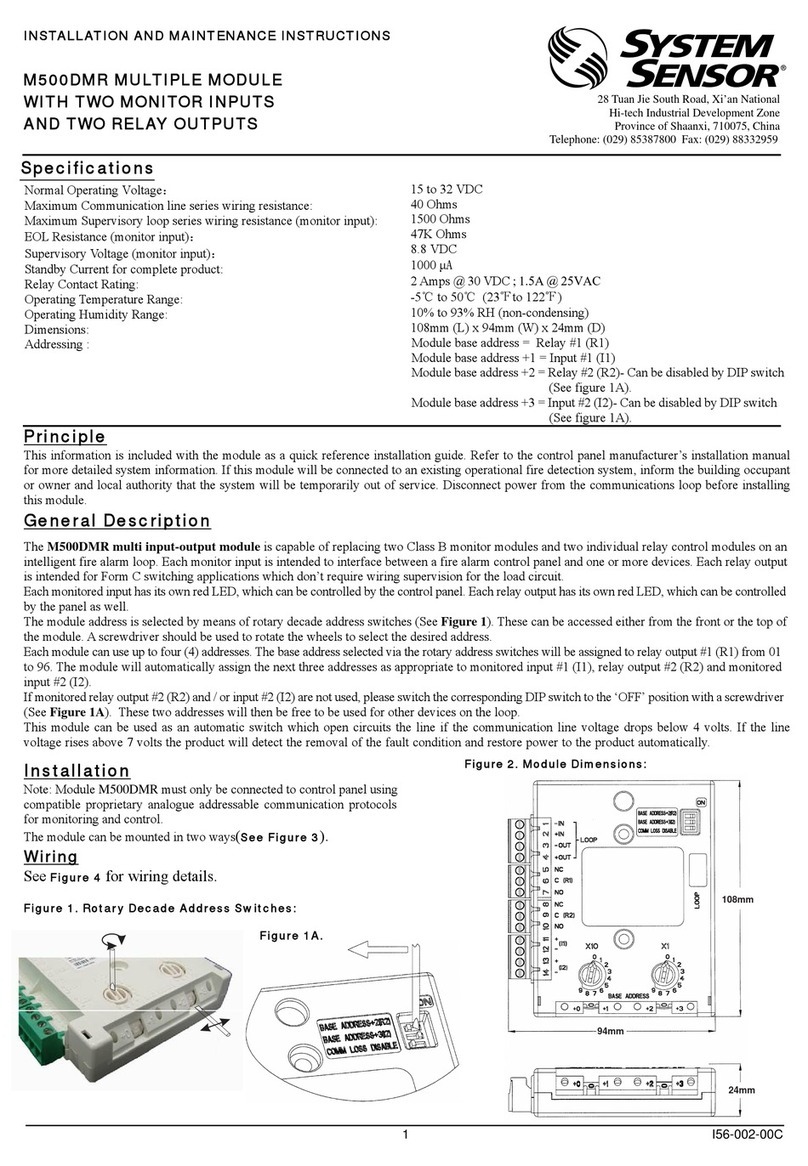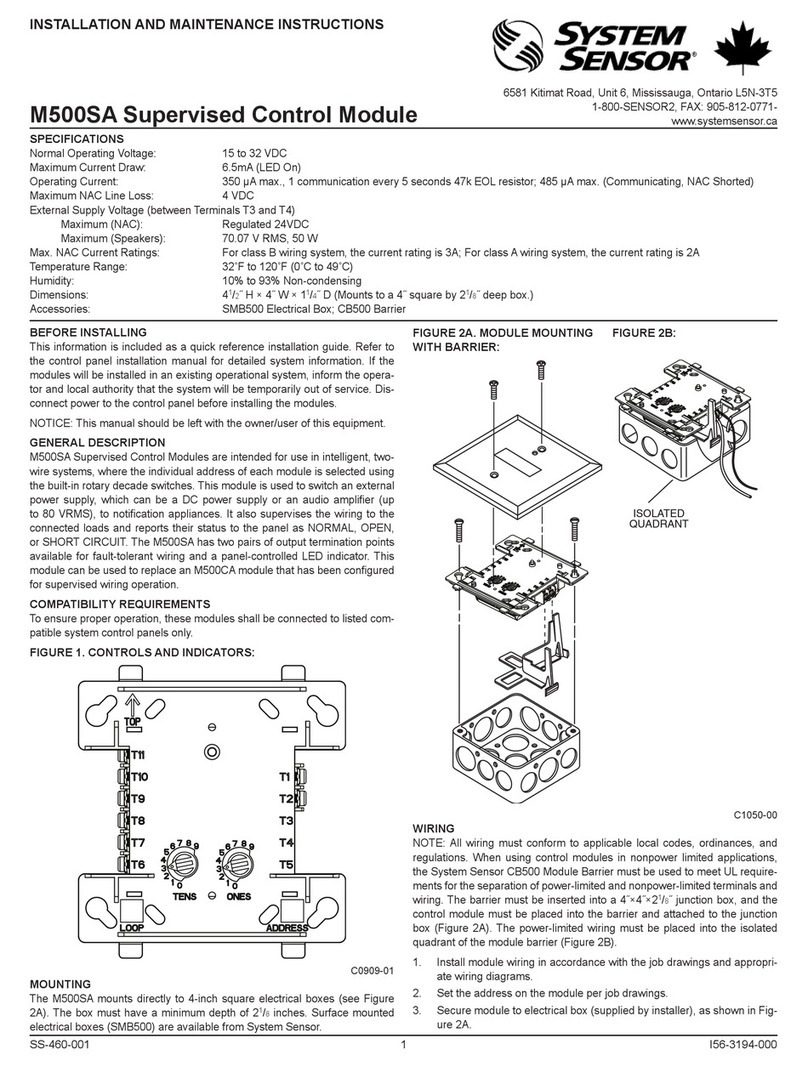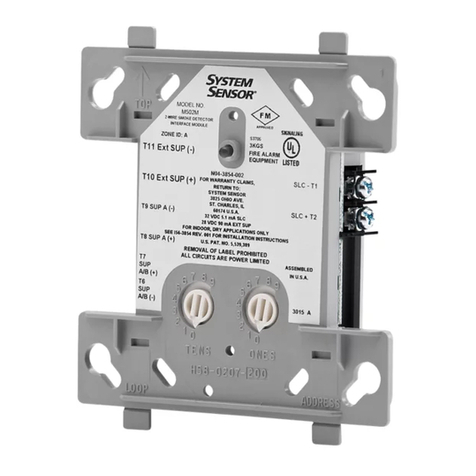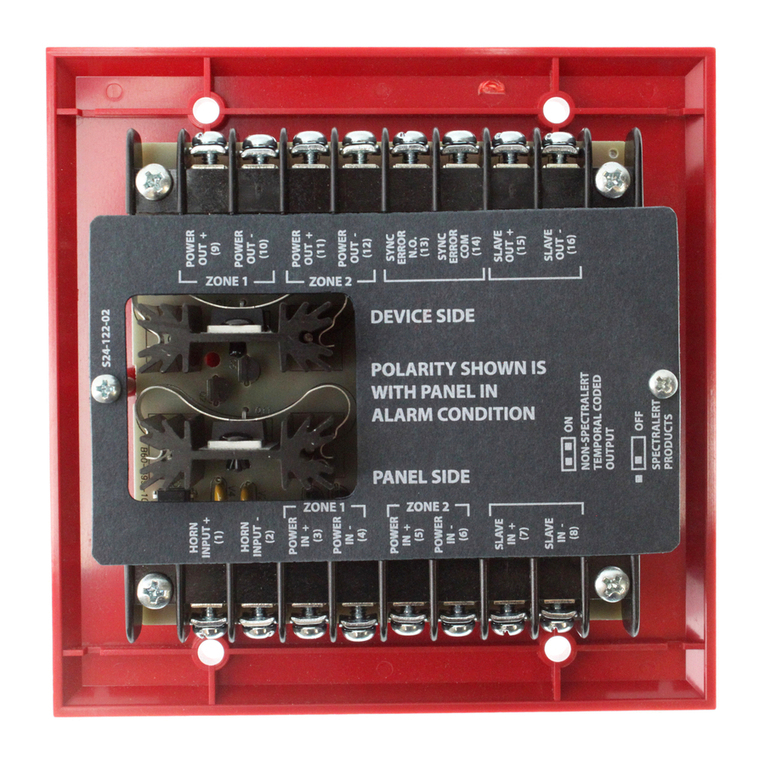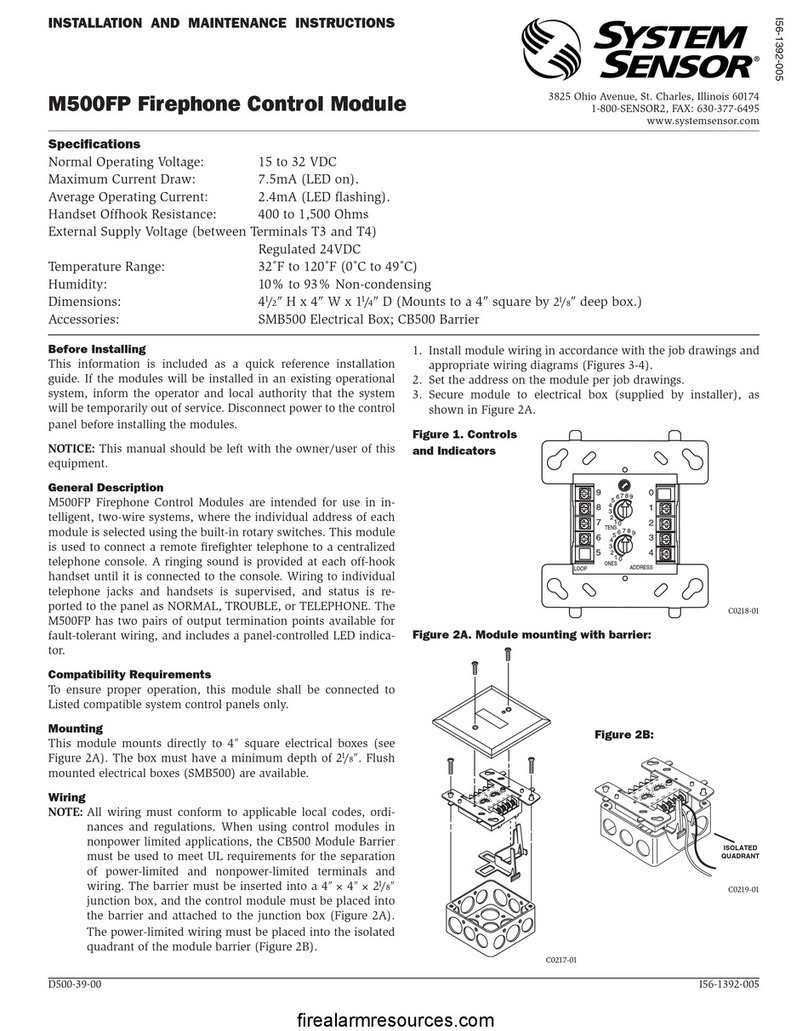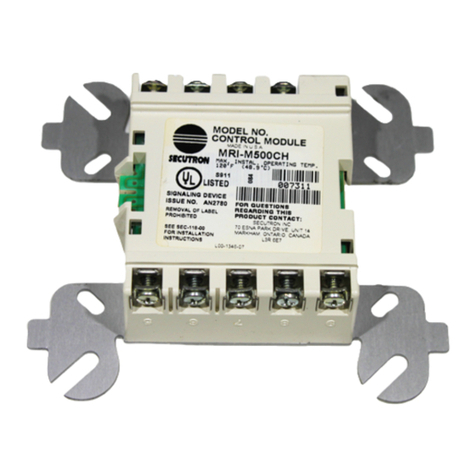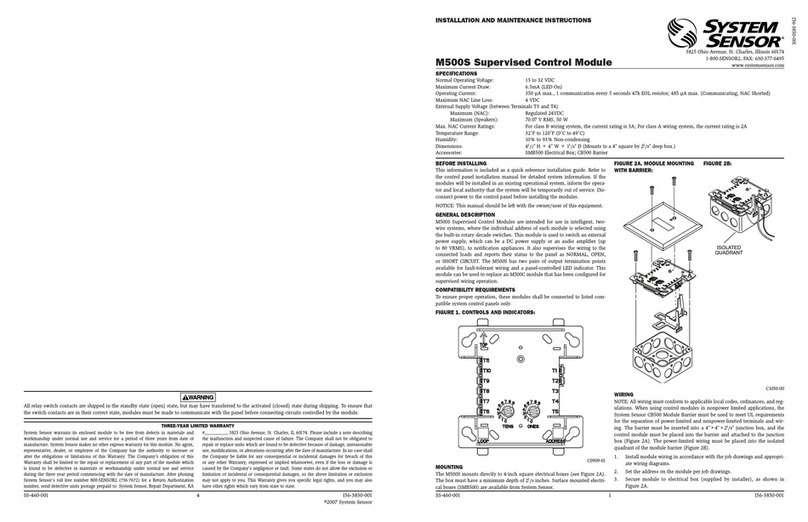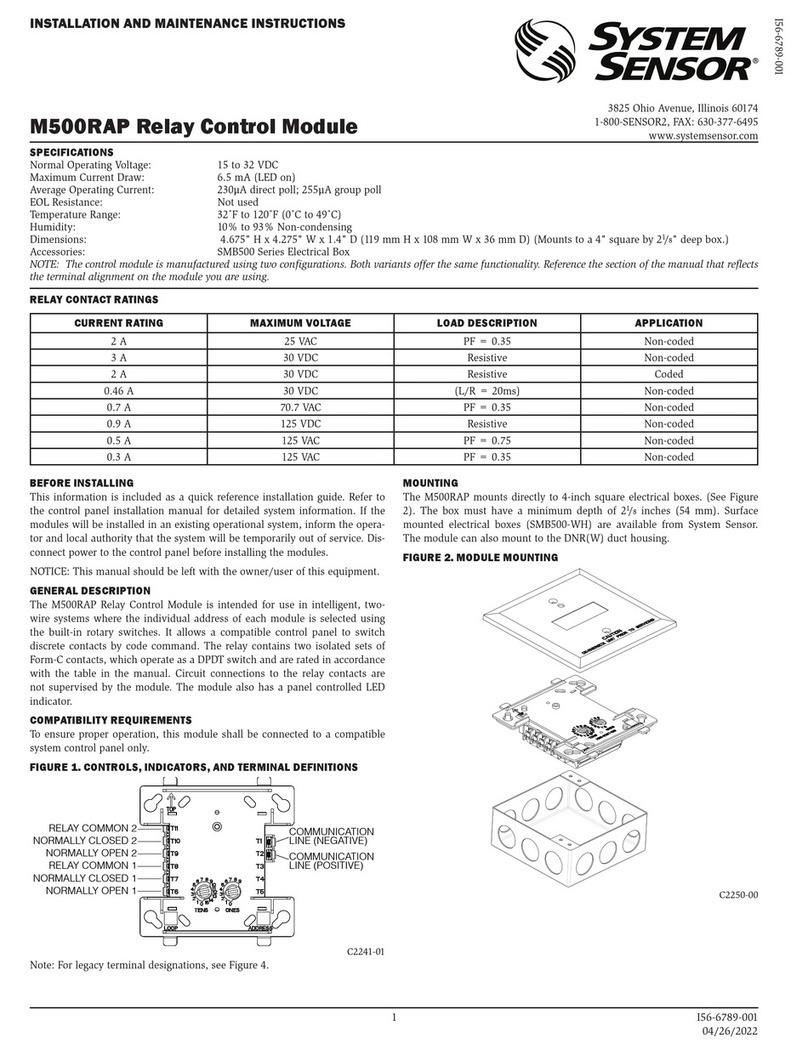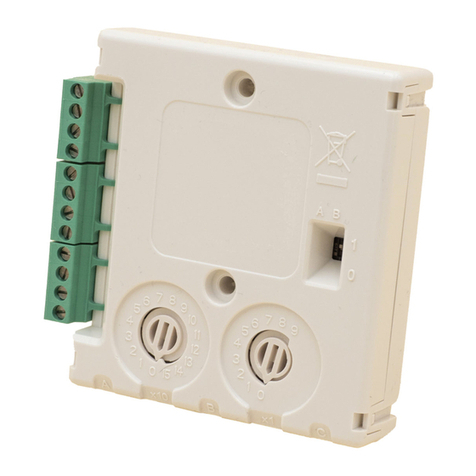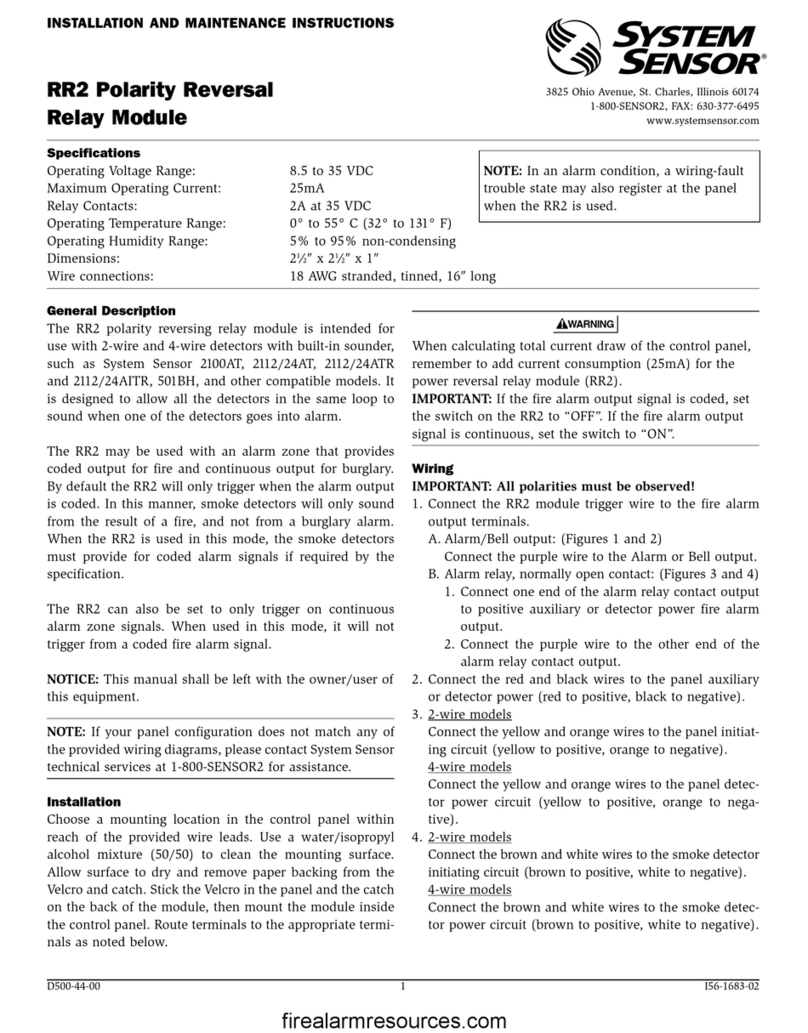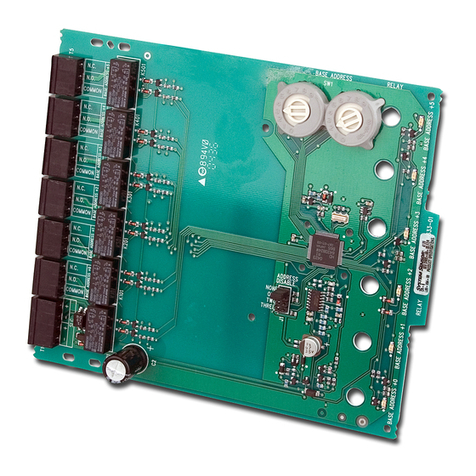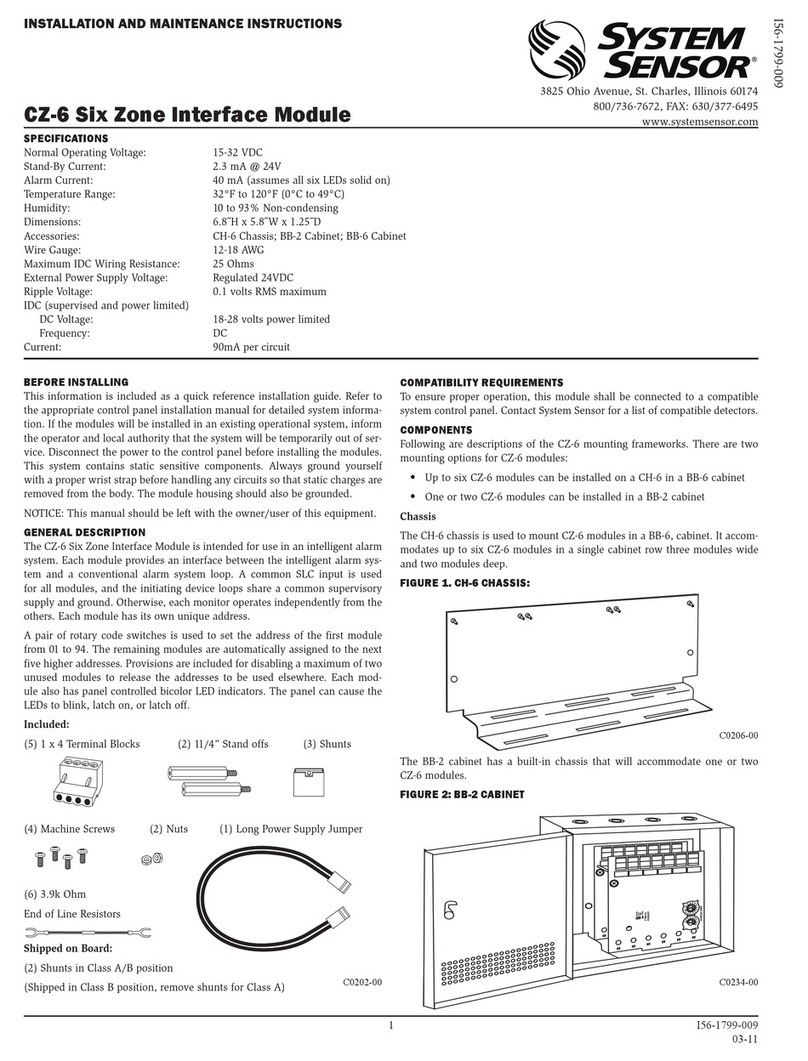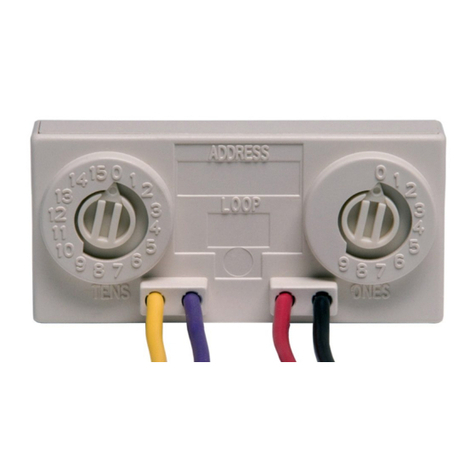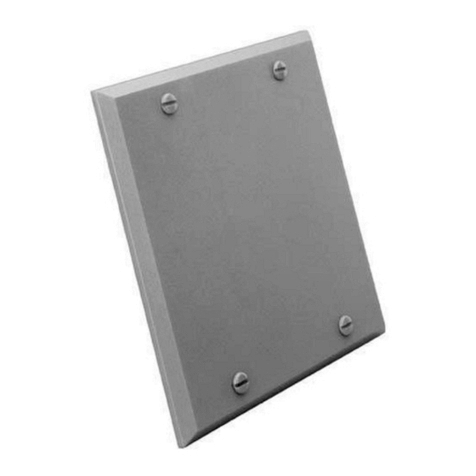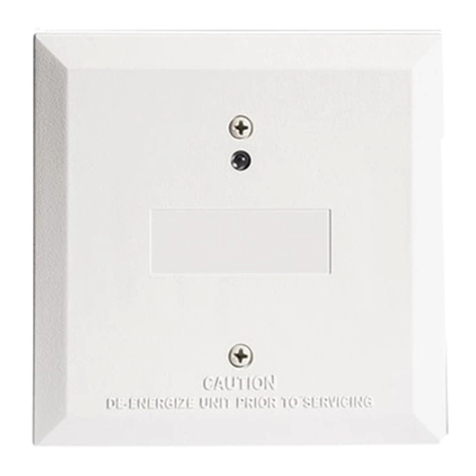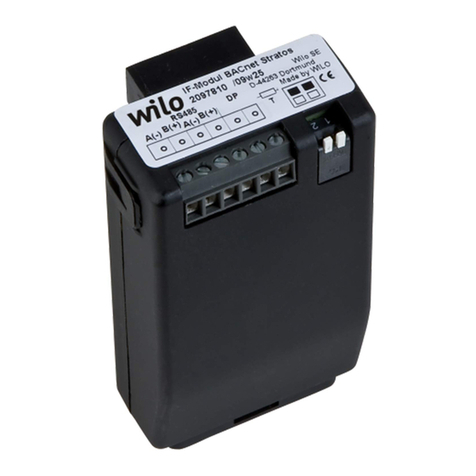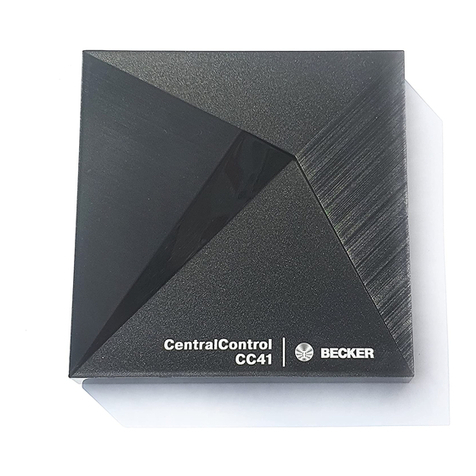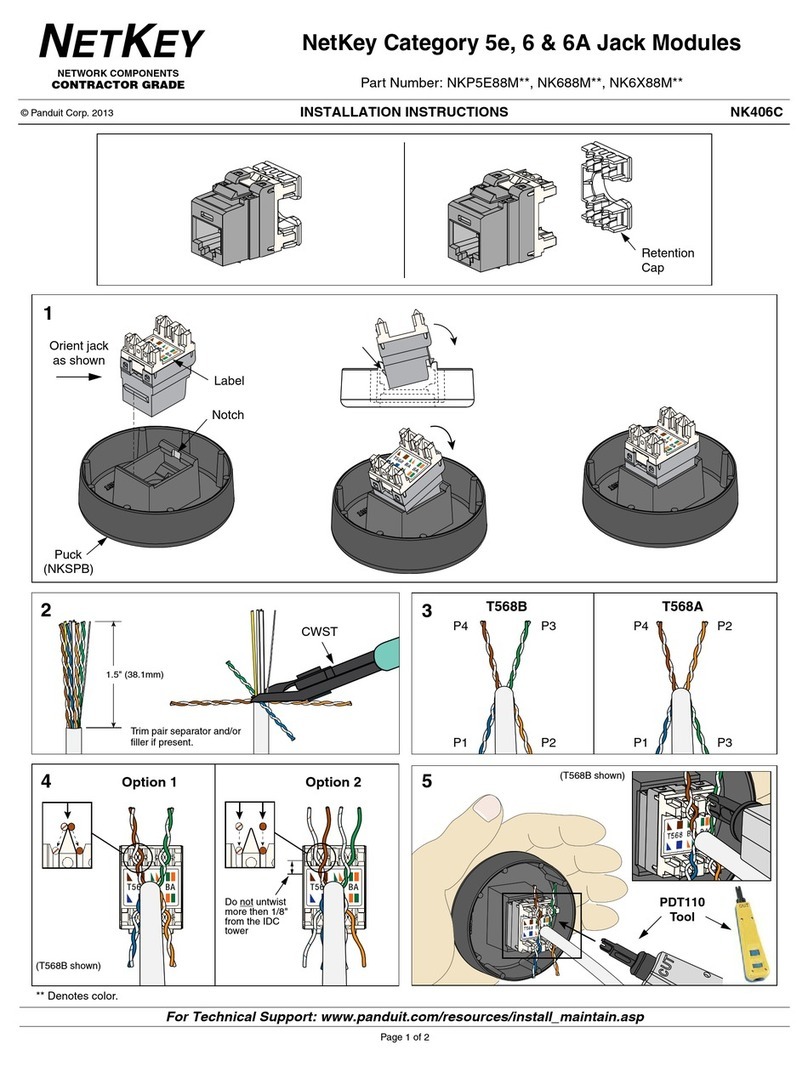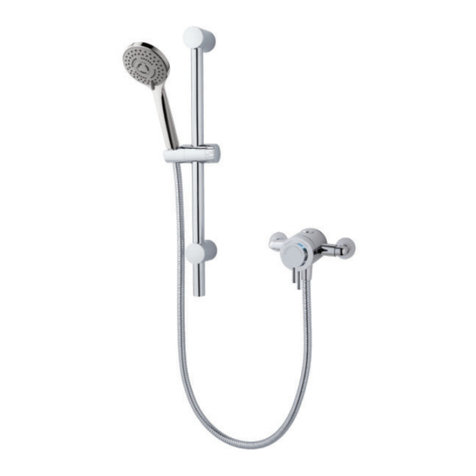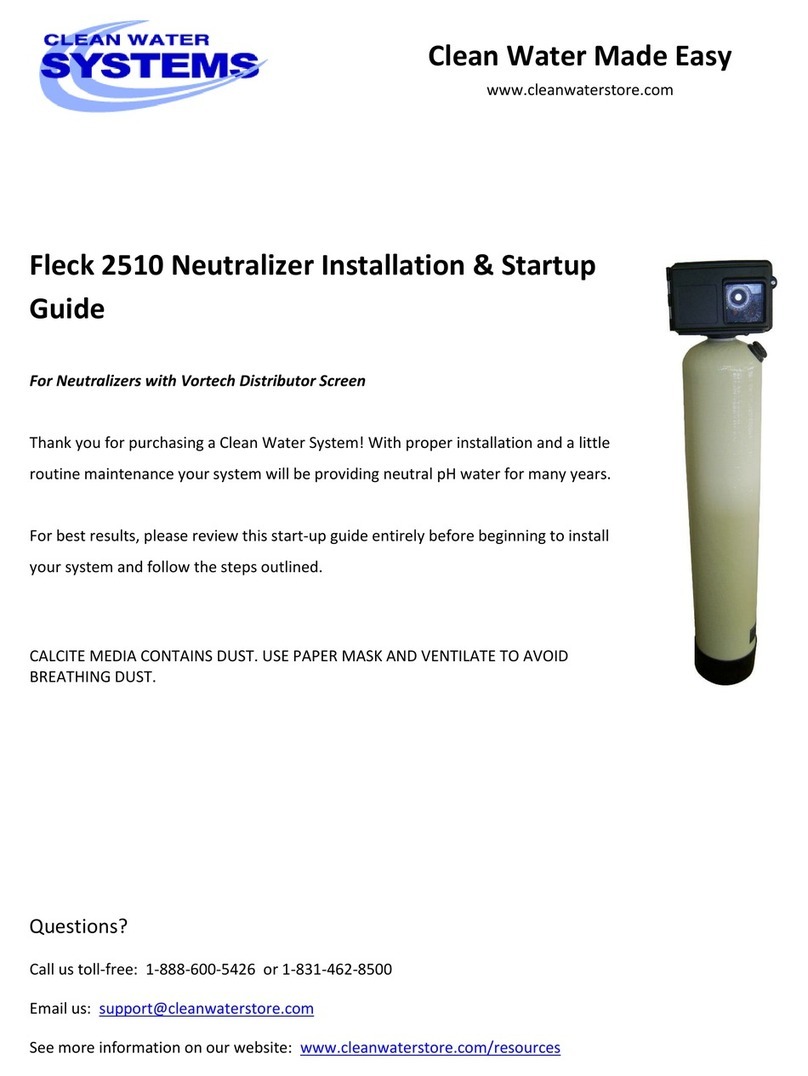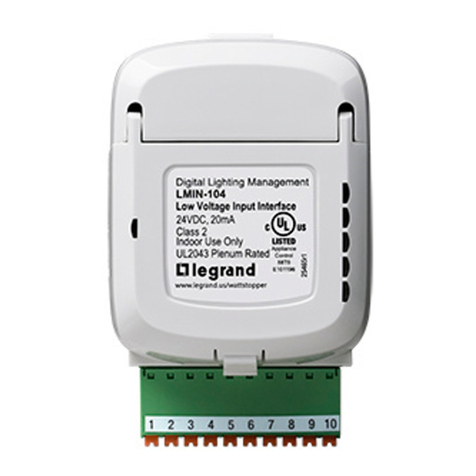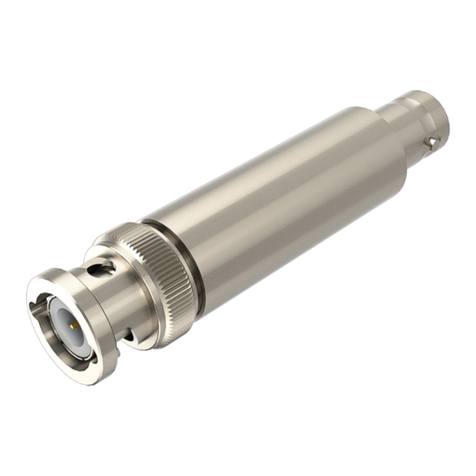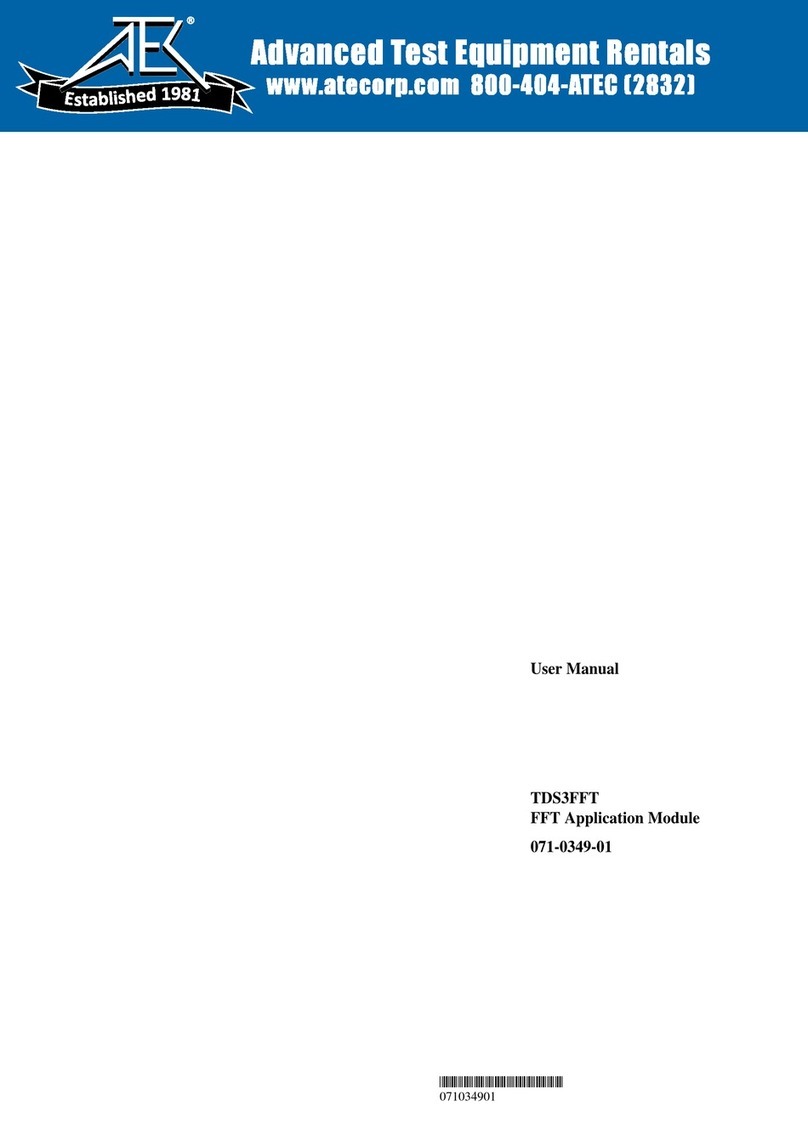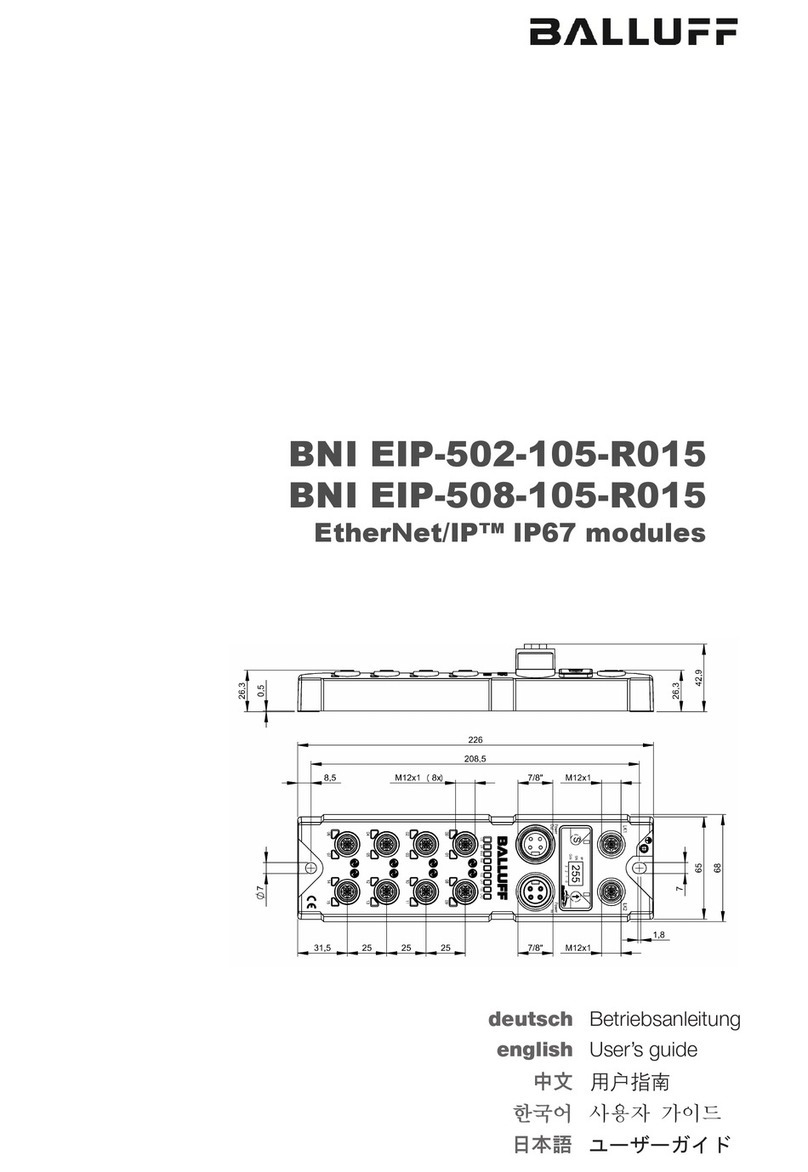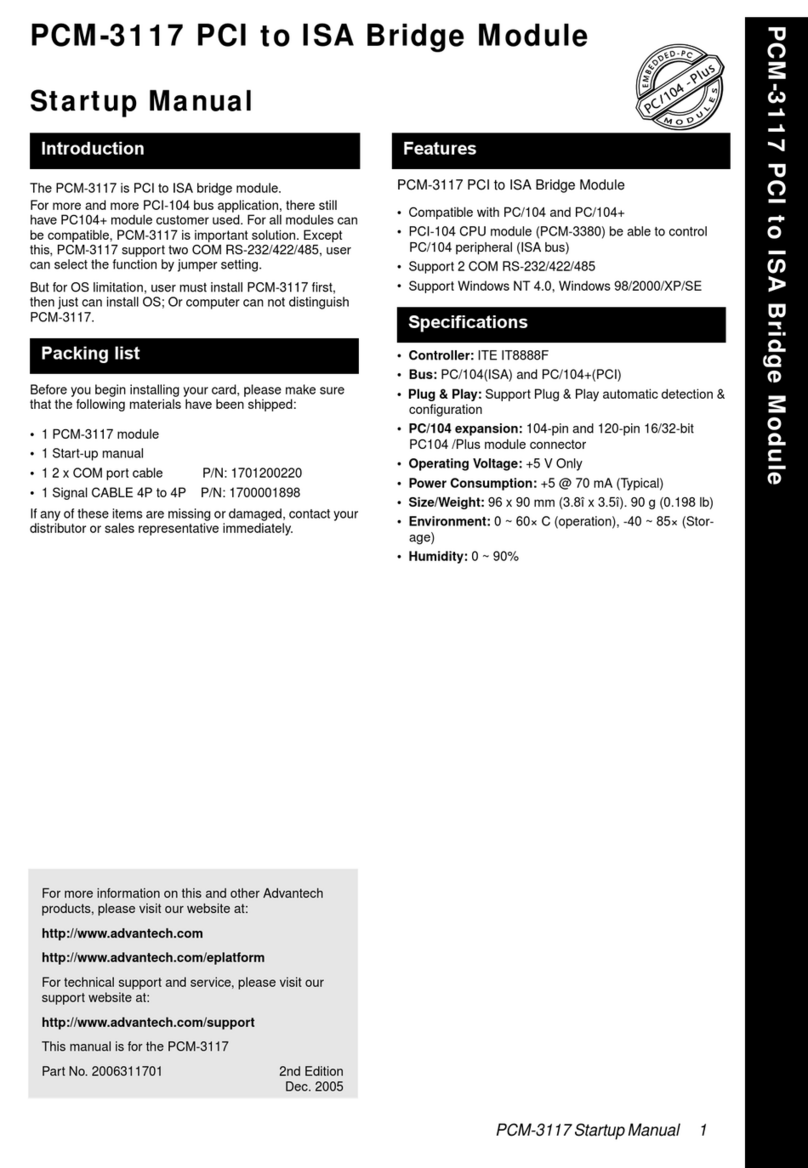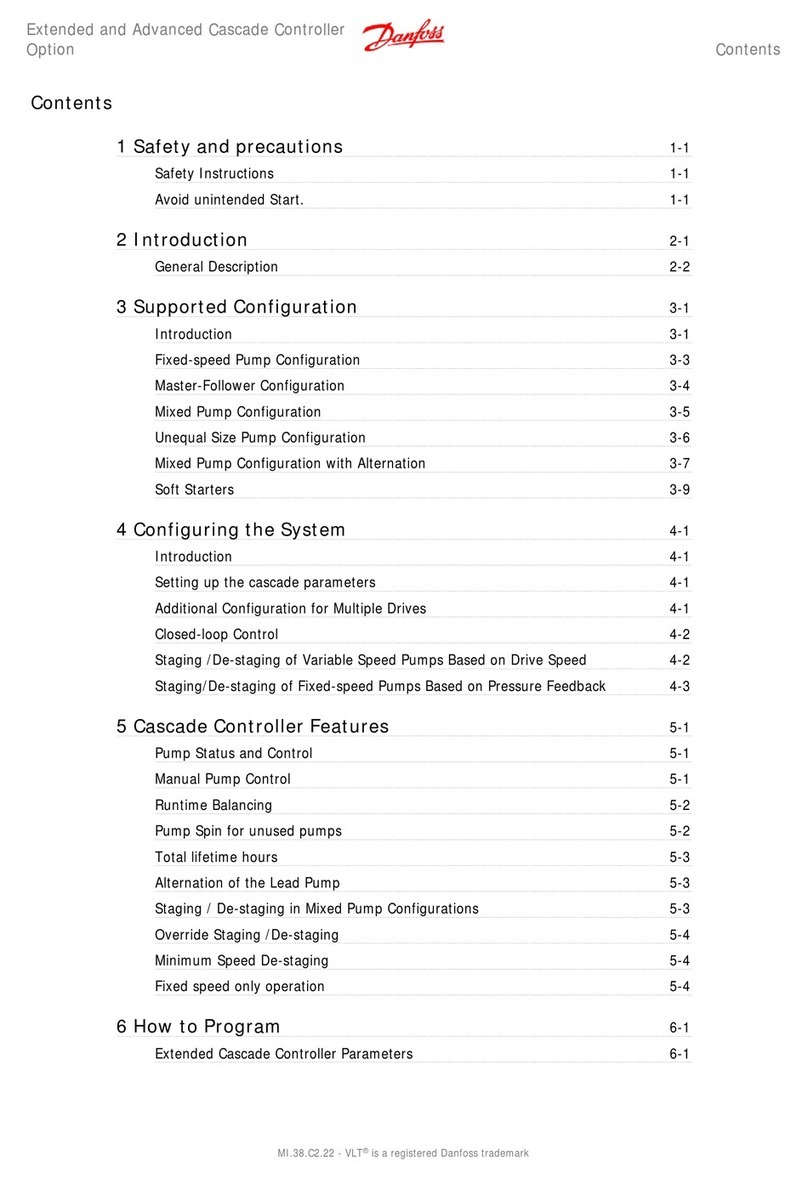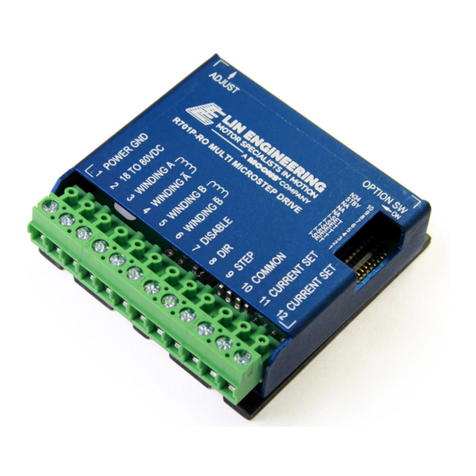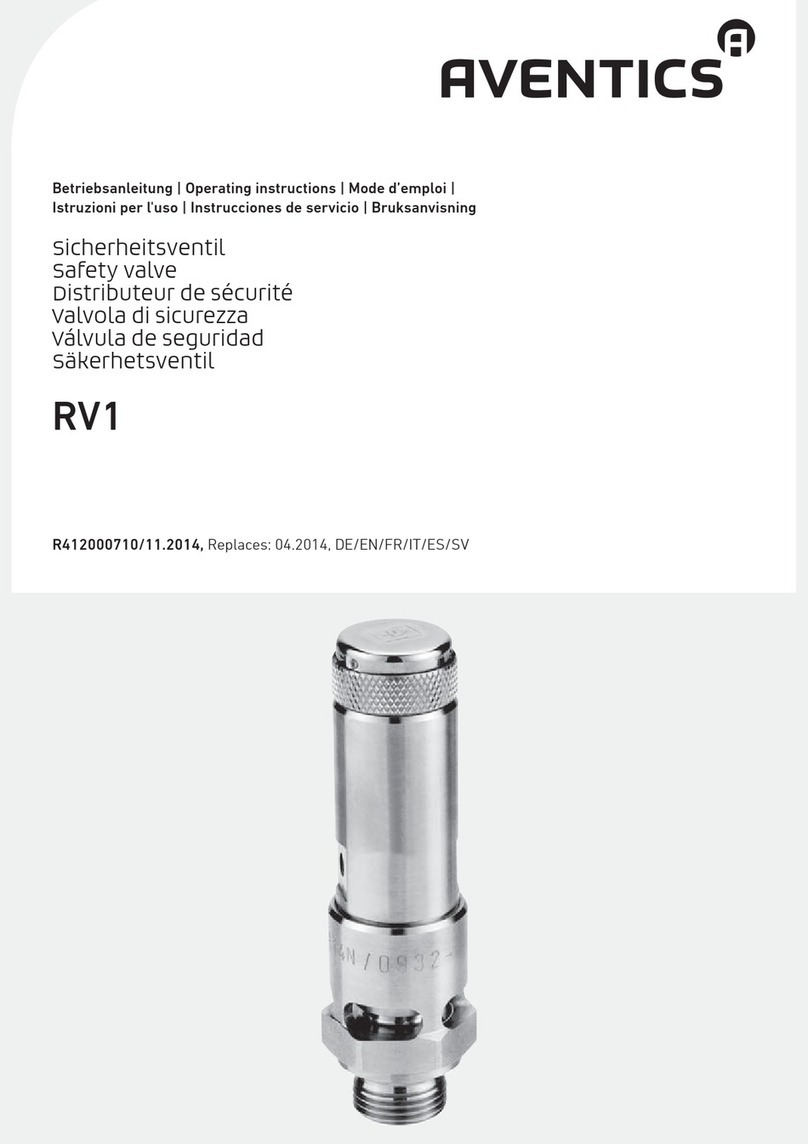
Specifications
Input Voltage Range: DC or Full Wave Rectified
9 to 33 Volts
Maximum Load on Loop: 3 A
Current:
Operating Temperature: 0°C to 49°C (32°F to 120°F)
Listings: UL S4011, S5512
Note for Strobes – Do not exceed: 1) 9-17.5 or 17-33 voltage range limits when the MDL module is used; 2) Maximum
number of strobe lights and/or maximum line impedance specified in the strobe product installation manual; and 3) Max-
uimum line impedence as required by the fire alarm control manufacturer.
D900-14-00 1 I56-0983-015R
MDL Module
For use with the following series models:
P2RX, P2WX, P4RX, P4WX, SRX, SWX, SCRX, SCWX, HRX, HWX, CHX, CHRX, CHWX, CHSRX, CHSWX,
PC2RX, PC2WX, PC4RX, PC4WX, H12/24X, HC12/24X, PA400X, S1224MCX, SC24XX, P1224MCX, PC24XX,
SP2C24XX, SP2R1224MCX, SP2W1224MCX, CH24MCX, MHR(A), MHW(A), MHRZA, MHWZA
Refer to System Sensor product installation manuals for model specifications.
U.S. Patent Nos. 5,850,178 and 5,598,139
INSTALLATION AND MAINTENANCE INSTRUCTIONS
3825 Ohio Avenue, St. Charles, Illinois 60174
1-800-SENSOR2, FAX: 630-377-6495
www.systemsensor.com
General Description
The MDL Module is designed to work with the SpectrAlert
series of notification appliances to provide a means of
synchronizing the temporal-coded horns and chimes, syn-
chronizing the one-second flash timing of the strobe, and
silencing the horns and chimes of the horn/strobe and
chime/strobes combination over a two-wire circuit while
leaving the strobes active.
NOTICE: This manual shall be left with the owner/user of
this equipment.
Module Configuration
Each MDL module has the capability of connecting two
Style Y (Class B) circuits or one Style Z (Class A) circuit.
The zone output(s) from the panel are connected to the zone
input(s) of the MDL module and the zone output(s) from
the MDL module are connected to the notification loop(s).
Supervision is accomplished in the module by a direct con-
nection between the zone input and the zone output of each
of the two zone circuits connected to the normal end-of-line
device. The FACP “sees” the EOL device through the MDL
module. When either or both outputs from the module are
wired to the SpectrAlert products, the horns or chimes and
strobes in both zones will be synchronized.
The MDL module can be configured so that more than two
zones can be synchronized by the interconnection of the
slave input and output (see Figures 1 and 2).
Zone 1 Input: This input powers the MDL module. This
input must have voltage present from the FACP
before anything will work. This also supplies
voltage to Zone 1 output.
Zone 2 Input: This input only supplies voltage to Zone 2
output. Note: If Zone 1 input is not powered,
the notification devices attached to the Zone 2
output will not be powered.
Horn Control: This input enables the horns on the SpectrAlert
notification appliances. Voltage present means
horns are enabled. No voltage present means
horns are disabled.
Slave In: Connects to Master MDL Module slave out.
Slave Out: Connects to Slave MDL slave in.
Voltage Average Peak In-rush
DC FWR DC FWR DC FWR
12 V 10mA 12mA 30mA 31mA 87mA 122mA
24 V 12mA 15mA 35mA 37mA 198mA 262mA
When MDL module is used, supply volt-
age range at 12 volts: 9 to 17.5 VDC; at 24
volts: 17 to 33 VDC
I56-0983-015R
